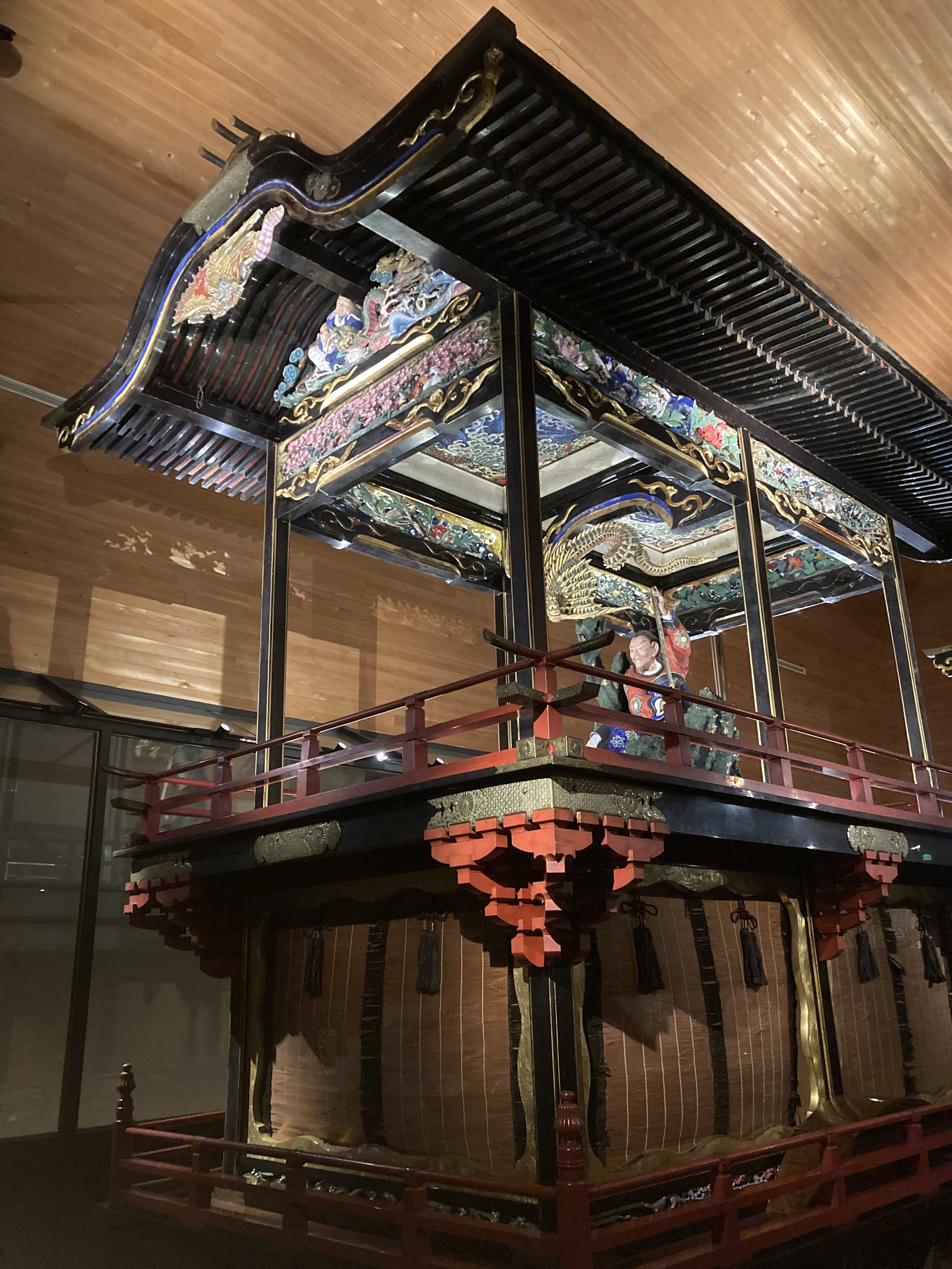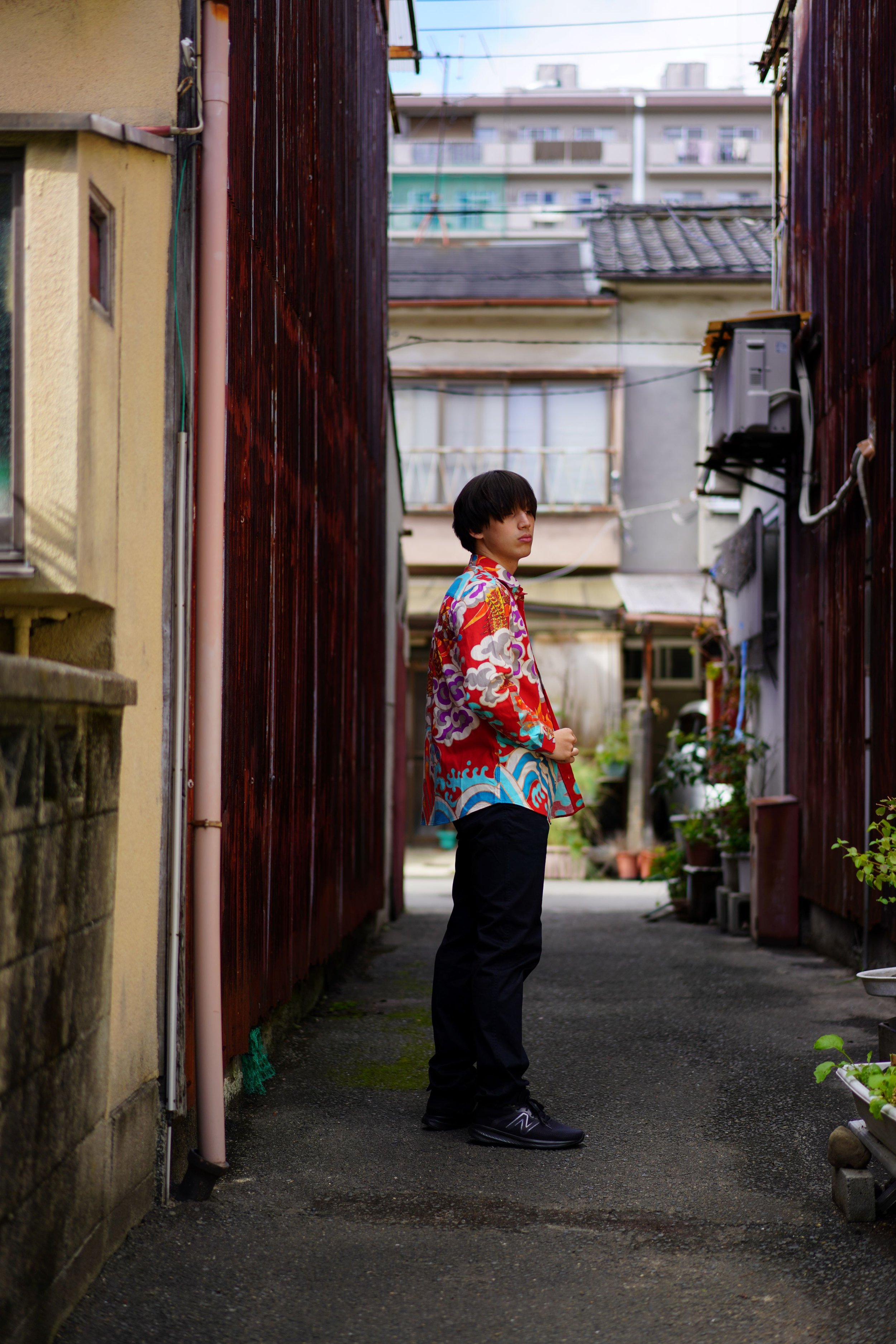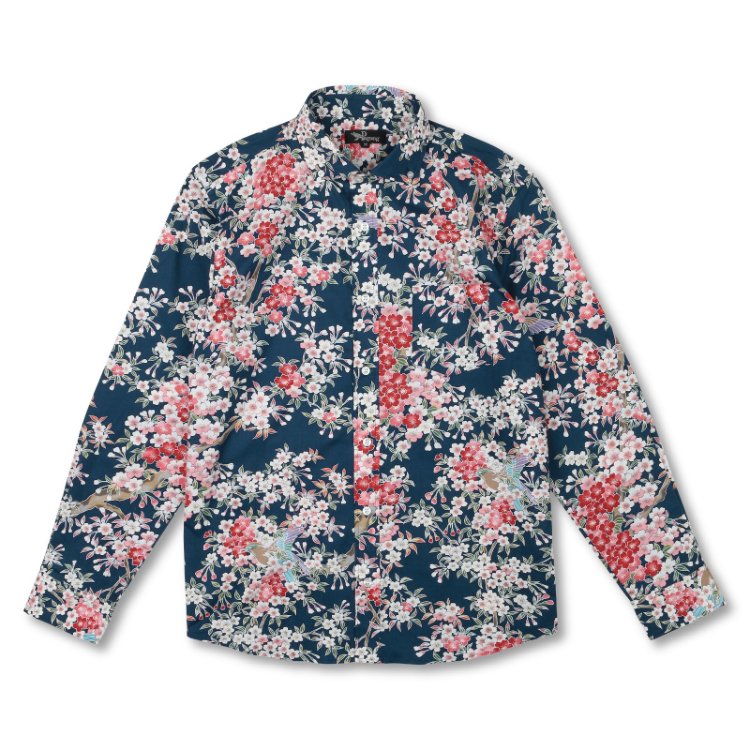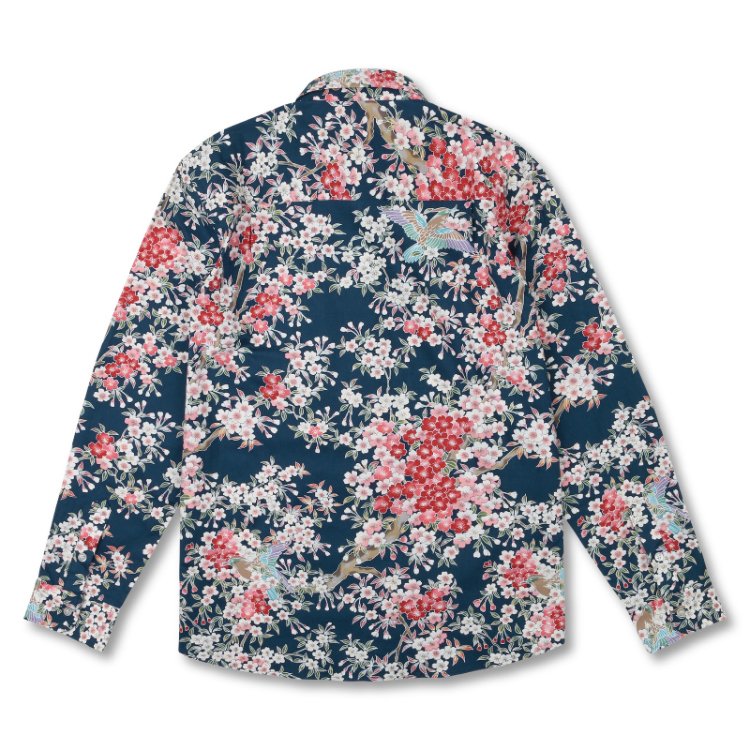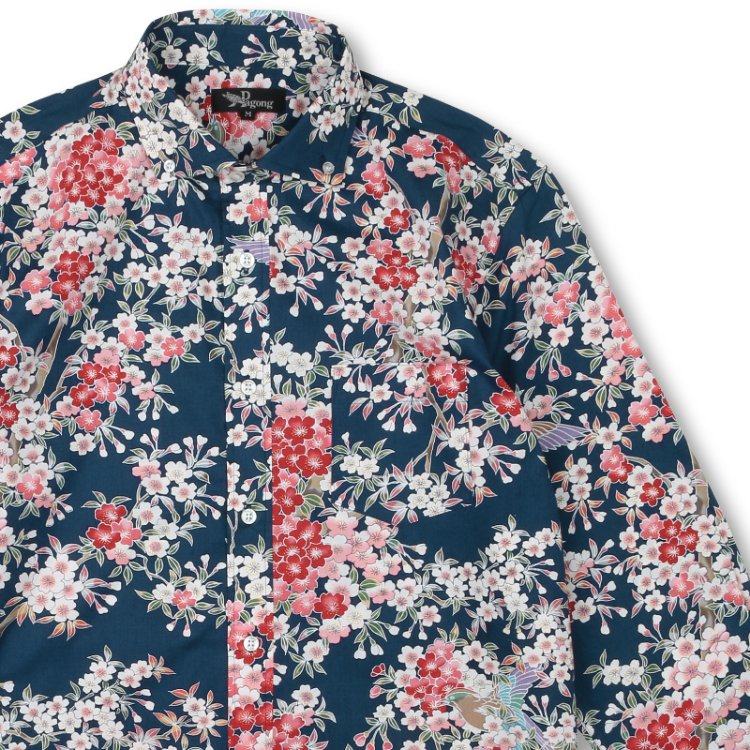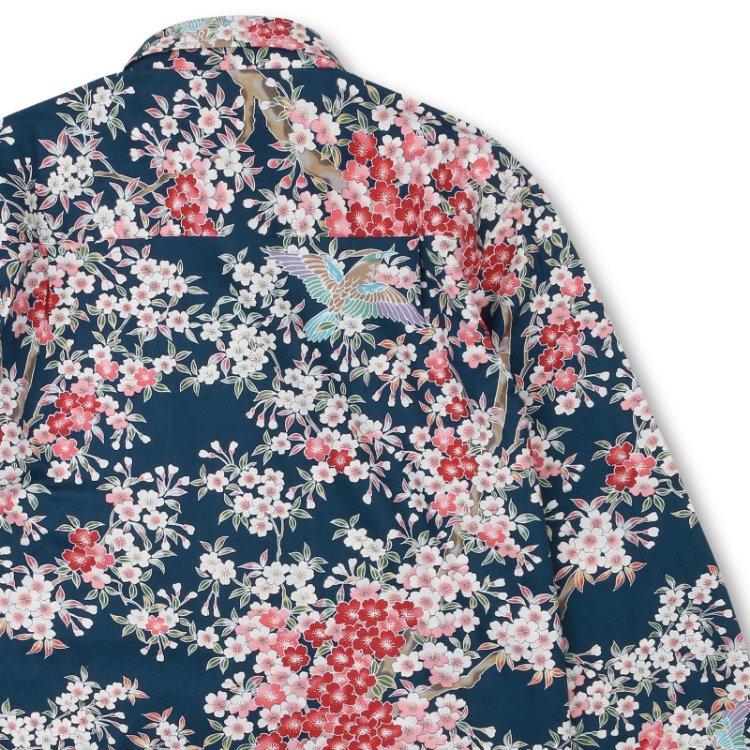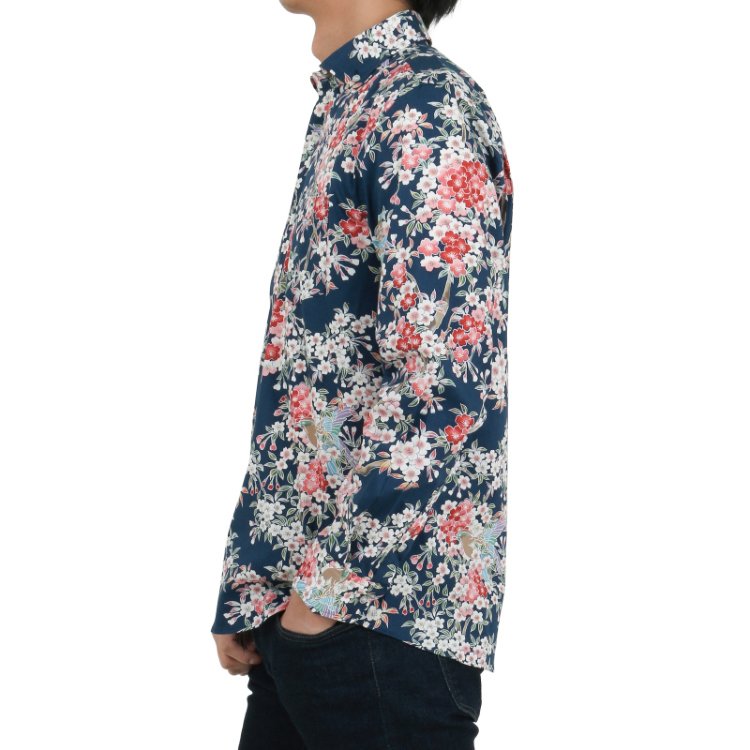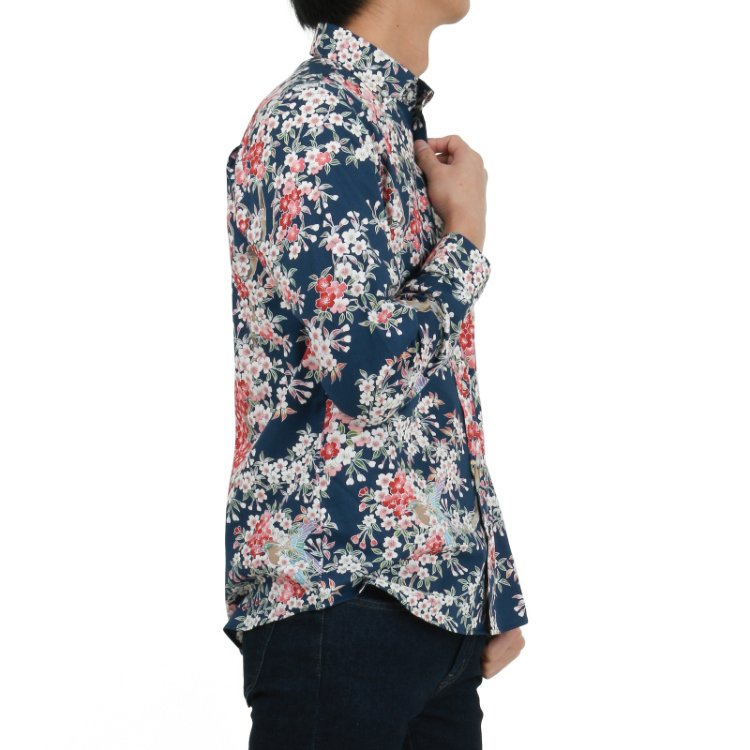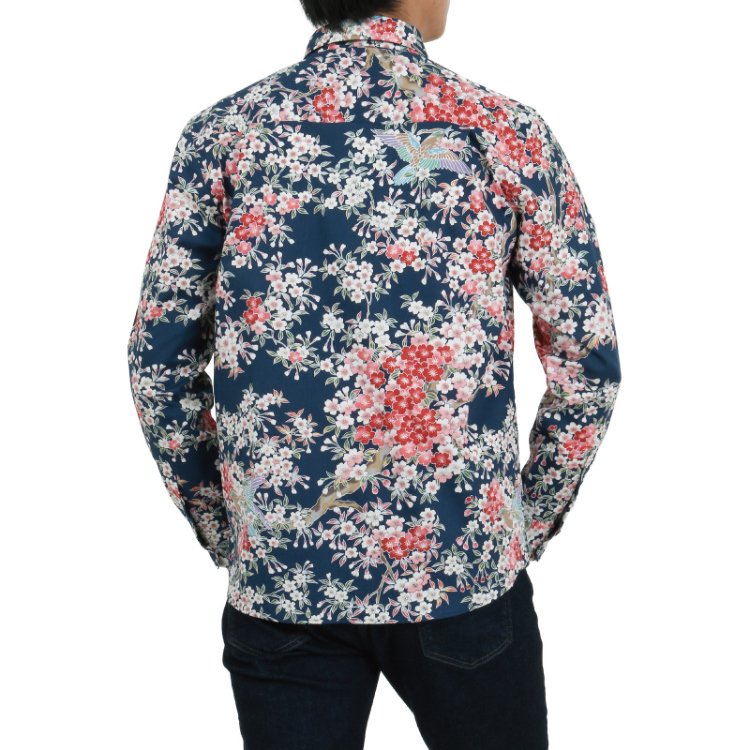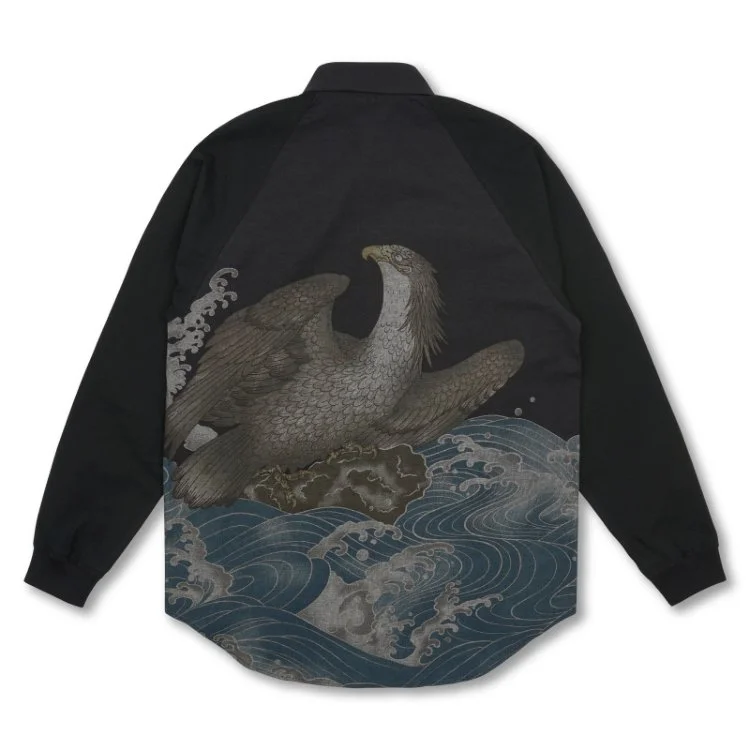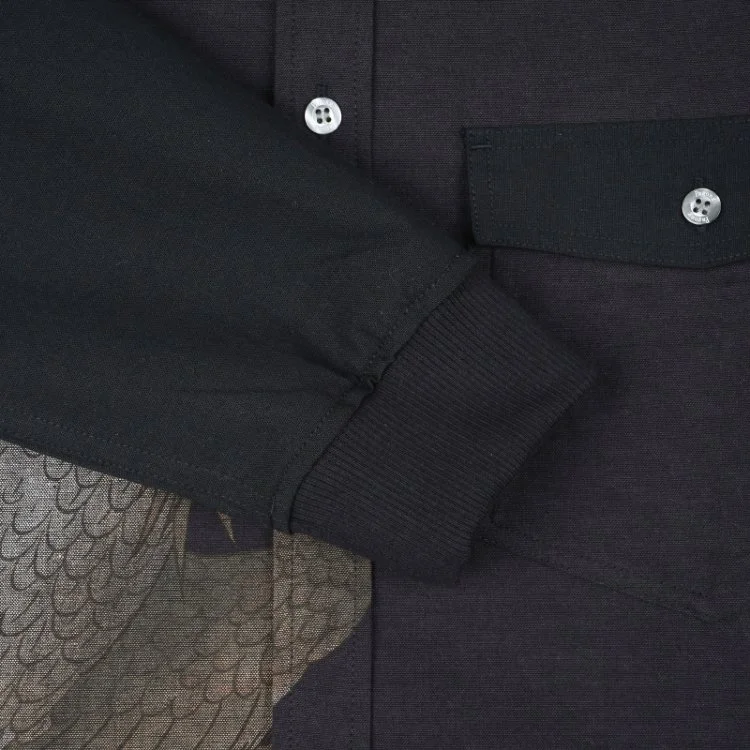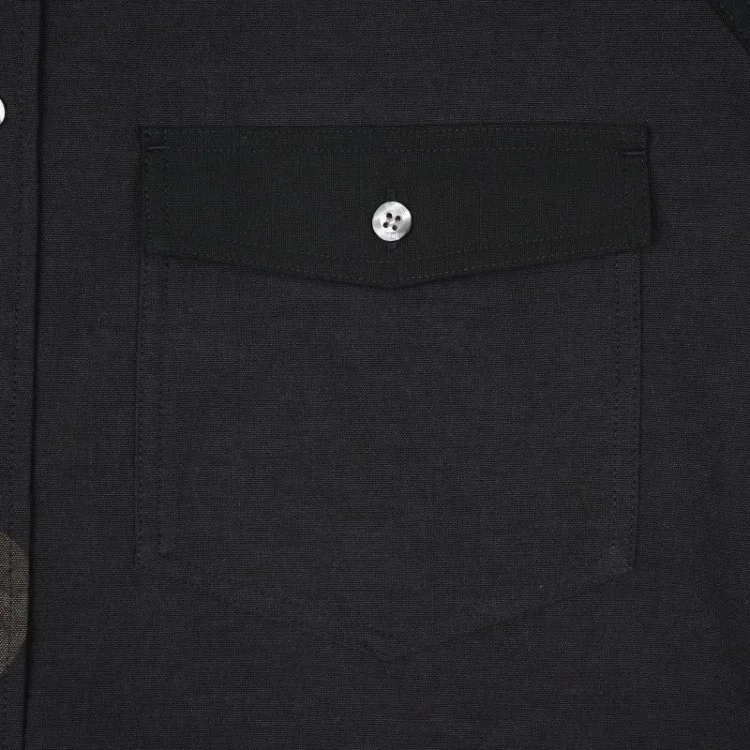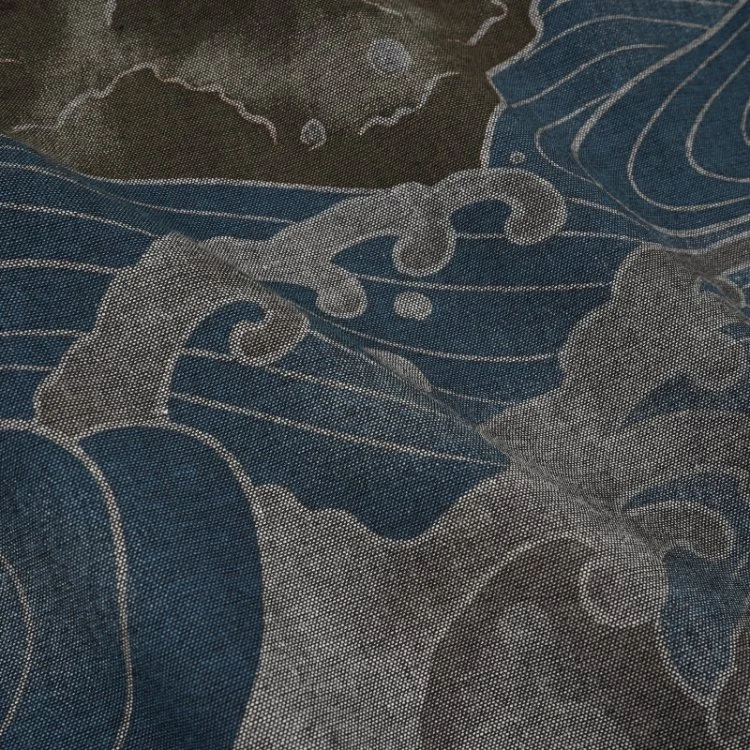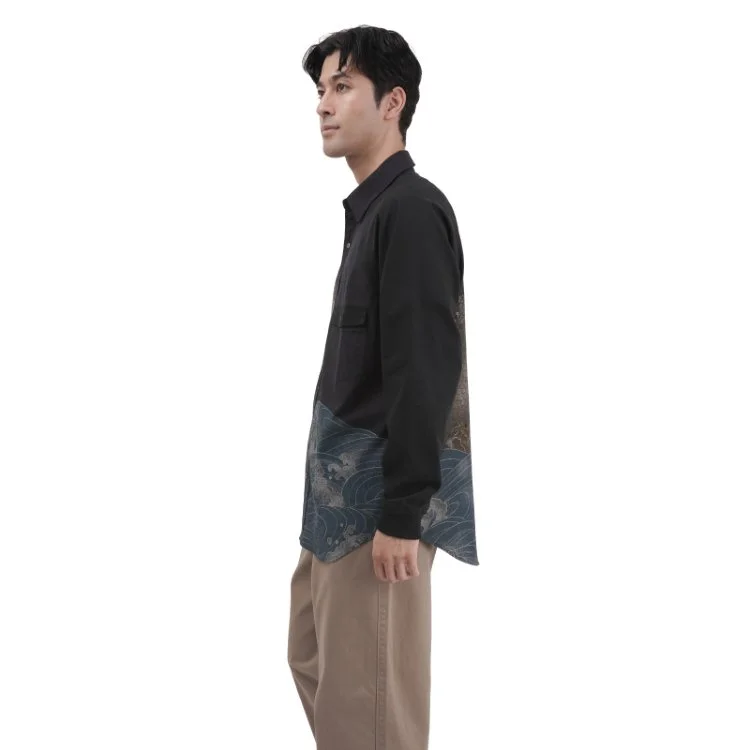 Image 1 of 10
Image 1 of 10

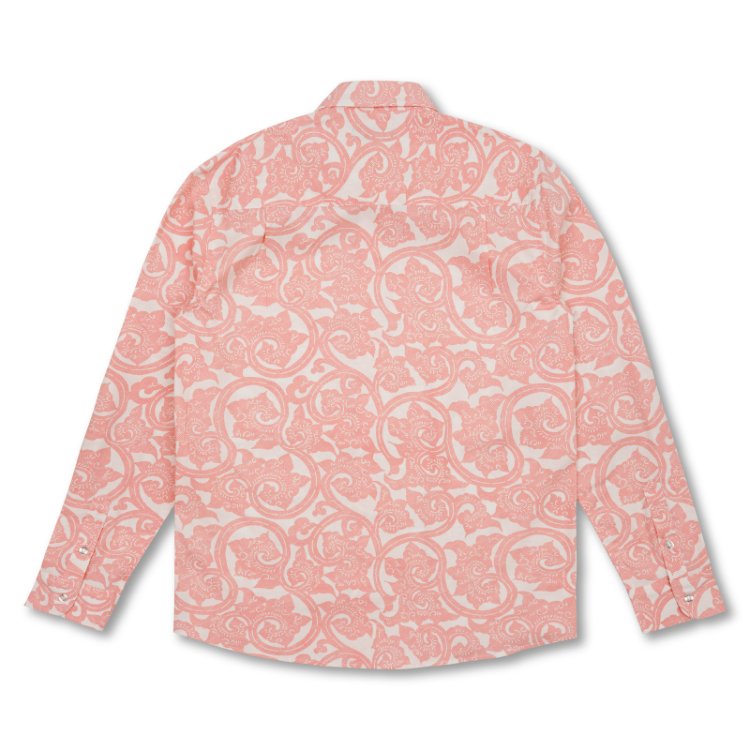 Image 2 of 10
Image 2 of 10

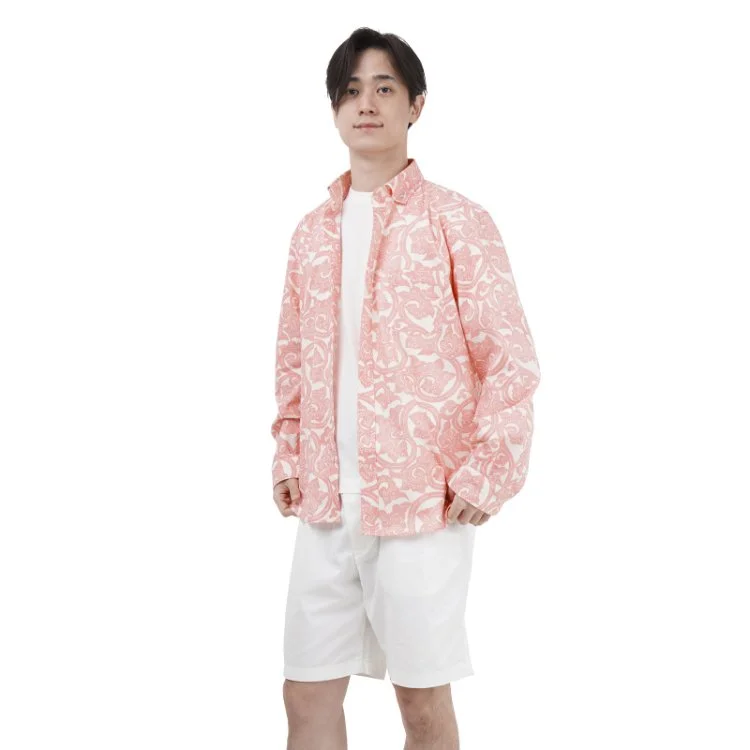 Image 3 of 10
Image 3 of 10

 Image 4 of 10
Image 4 of 10

 Image 5 of 10
Image 5 of 10

 Image 6 of 10
Image 6 of 10

 Image 7 of 10
Image 7 of 10

 Image 8 of 10
Image 8 of 10

 Image 9 of 10
Image 9 of 10

 Image 10 of 10
Image 10 of 10











Karakusa "Lion's Arabesque" Men's long sleeve shirt
Color / Pink and Beige Care Instruction
Japanese name/ 獅子毛唐草 (Shishige Karakusa)
-About-
KARAKUSA or the “Lion Arabesque” pattern originally came from Egypt, then passed through Persia, Greece, and the “Silk Road” to Japan as did many other exquisite patterns. It was first introduced to Japan as a pattern of Buddhist art, typically seen in the halos of Buddhist images; statues, murals, and in textiles.
The vine pattern within the “Lion Arabesque” is actually a plant that doesn't exist. The vines are intertwined and seemingly extend into infinity, showing strong vitality and resilience, making it a symbol of prosperity and longevity. The pattern is often used in fine arts, and it has developed to include even flowers that do not have vines, such as chrysanthemums and plums.
During the Edo-era, it was used as an auspicious pattern on kosode (short-sleeve) kimono designs and wedding furniture. Even in modern times, we often see large wedding cloths with arabesque patterns joyously covering wedding items, and furoshiki (wrapping cloths) with arabesque patterns used during ceremonies and formal gift-giving.
・98% Cotton 2% Polyurethane
・Made in Japan
・Dye technique-Kyo-Yuzen
・Urban style
・Hand-wash
・Model (6 feet)
・Currency : US Dollar (USD)
Color / Pink and Beige Care Instruction
Japanese name/ 獅子毛唐草 (Shishige Karakusa)
-About-
KARAKUSA or the “Lion Arabesque” pattern originally came from Egypt, then passed through Persia, Greece, and the “Silk Road” to Japan as did many other exquisite patterns. It was first introduced to Japan as a pattern of Buddhist art, typically seen in the halos of Buddhist images; statues, murals, and in textiles.
The vine pattern within the “Lion Arabesque” is actually a plant that doesn't exist. The vines are intertwined and seemingly extend into infinity, showing strong vitality and resilience, making it a symbol of prosperity and longevity. The pattern is often used in fine arts, and it has developed to include even flowers that do not have vines, such as chrysanthemums and plums.
During the Edo-era, it was used as an auspicious pattern on kosode (short-sleeve) kimono designs and wedding furniture. Even in modern times, we often see large wedding cloths with arabesque patterns joyously covering wedding items, and furoshiki (wrapping cloths) with arabesque patterns used during ceremonies and formal gift-giving.
・98% Cotton 2% Polyurethane
・Made in Japan
・Dye technique-Kyo-Yuzen
・Urban style
・Hand-wash
・Model (6 feet)
・Currency : US Dollar (USD)
Men's Button-Down Shirts =SIZE (inches)=
| Chest | Shoulder Width |
Body Length |
Sleeve Length |
Sleeve Opening |
|
| M | 44.5 | 18.5 | 29 | 25 | 9.5 |
| L | 47 | 19.5 | 30 | 25 | 10 |
| LL | 49 | 20 | 31 | 25.5 | 11 |
| 3L | 51.5 | 21 | 31.5 | 25.5 | 12 |

If there is anything we can help you with, please feel free to let us know.
MAIL to : Pagong Kyoto
Contact Form >> www.pagongkyoto.com/contact











